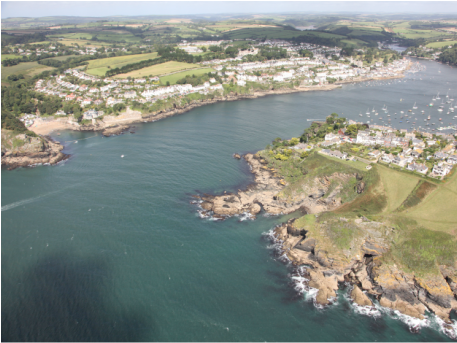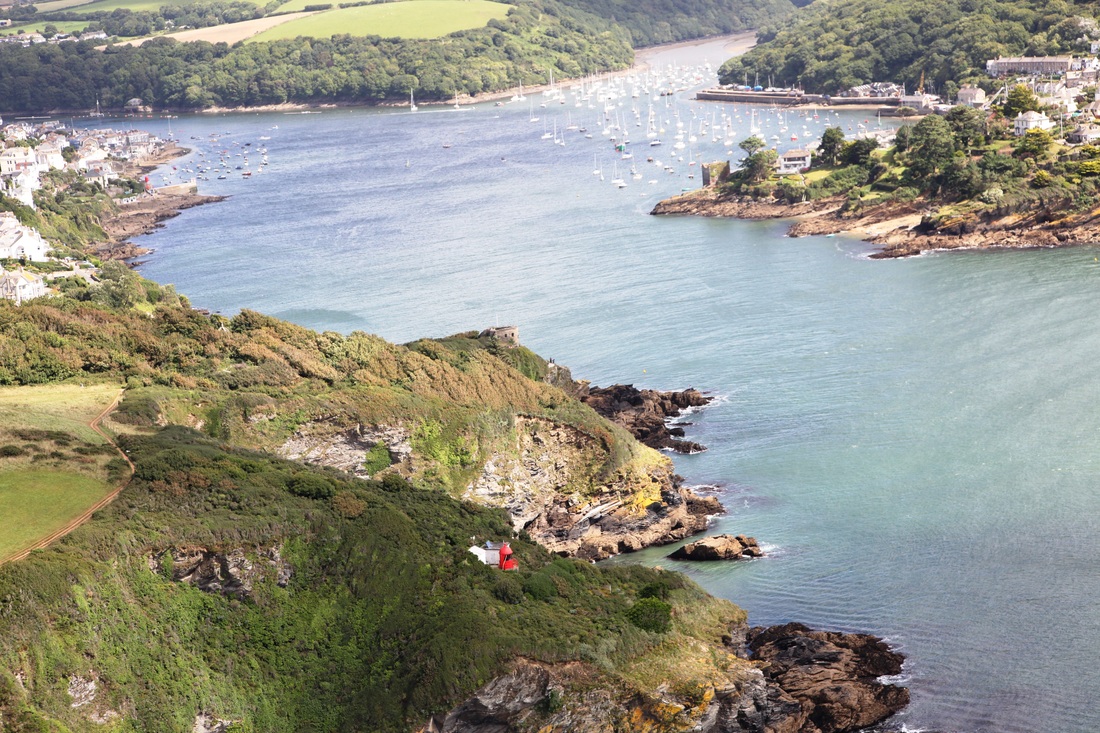Information for Leisure UsersPort InformationNavigational SafetyThe main defined deep water channels are in constant use by large deep draught ships that cannot deviate from their course. Yachtsmen are advised to keep well clear of the main channels whenever possible and use the recommended small craft routes at either side. When the main channel has to be crossed, this should be done at right angles to the channel. Always avoid crossing the bows of oncoming commercial traffic
Large ships have very reduced visibility for quite a distance ahead. This applies particularly to in-bound vessels which arrive in ballast and high in the water, further reducing the visibility of the area immediately around the vessel. You may be able to see her clearly, but can she see you?! A ship slowing down does not steer very well, it needs the propeller action on the rudder to respond. When ship's engines are put "astern", steering way will be lost. Remember, it can take up to 3 minutes before a ship to come to a halt in the water after the engines have been put astern.
|
|
|

